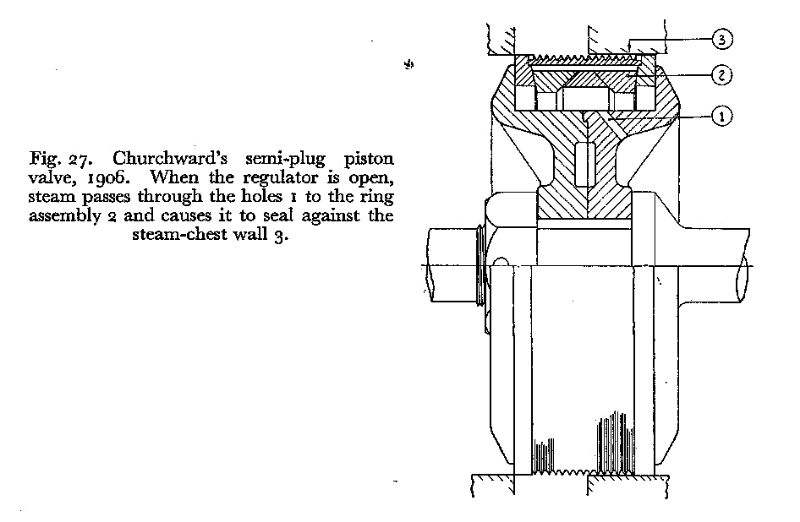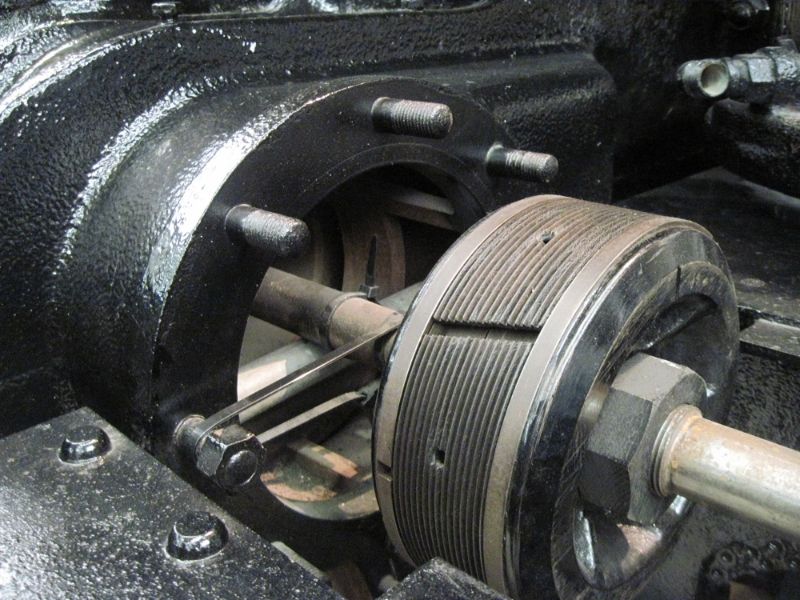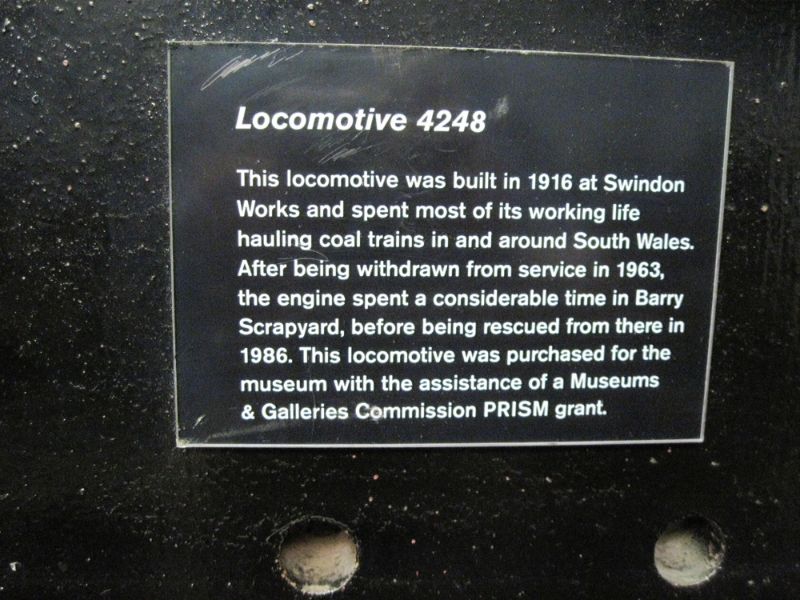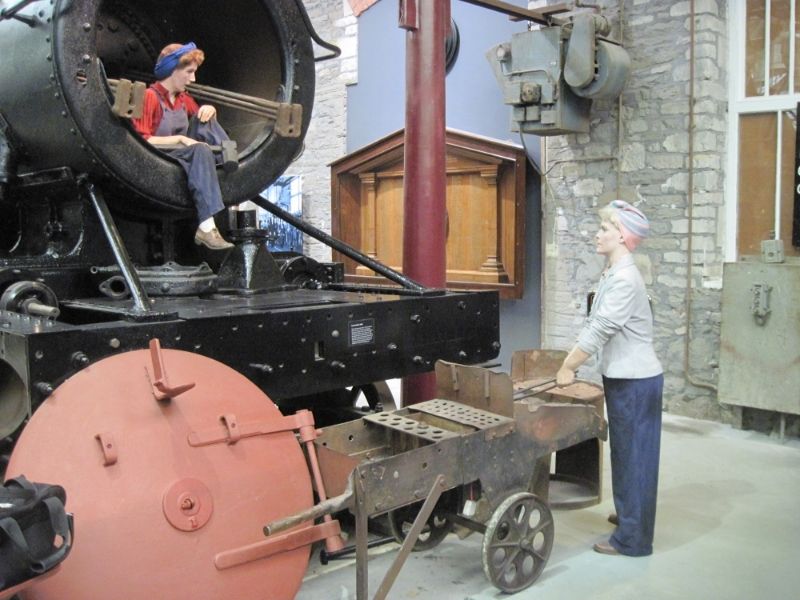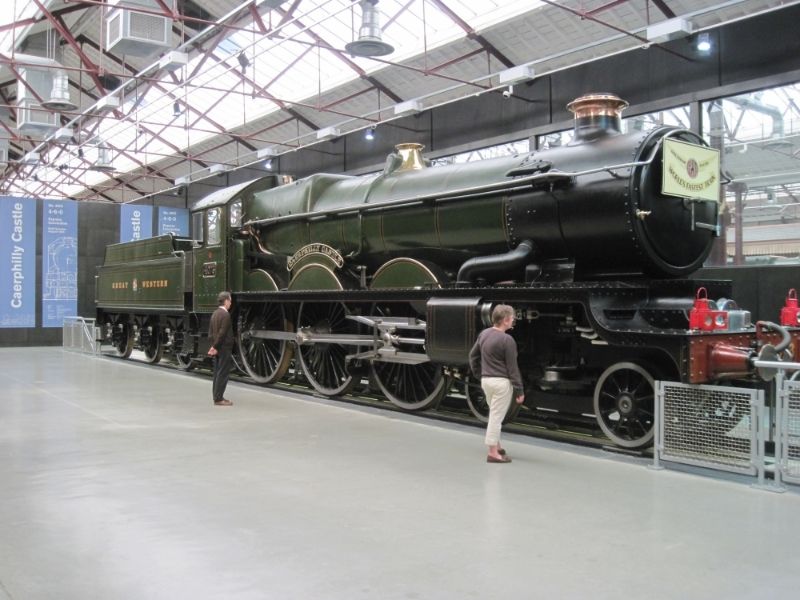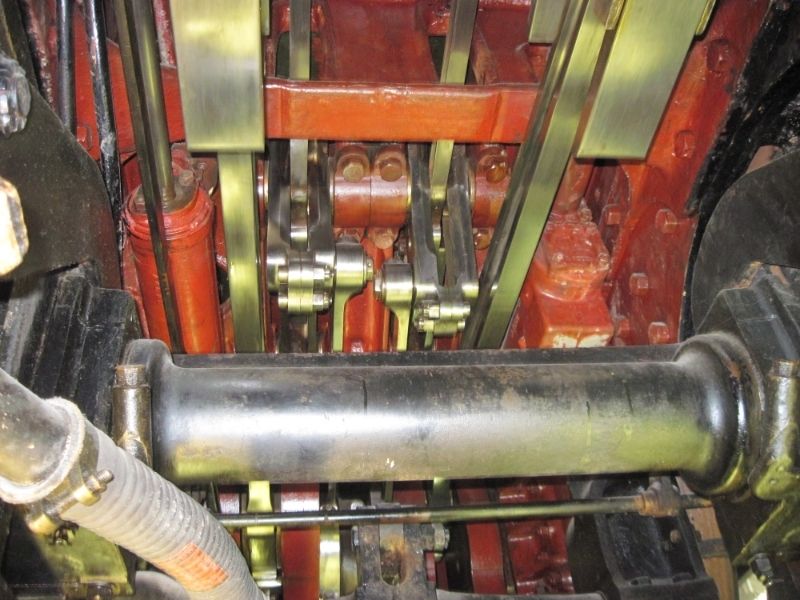| It is currently Fri Apr 19, 2024 5:11 pm |
|
All times are UTC - 5 hours [ DST ] |
Semiplug type piston valve
Moderators: Rick Rowlands, tomgears, Randy Hees
 
|
Page 1 of 1 |
[ 12 posts ] |
|
| Author | Message | ||
|---|---|---|---|
| J-1e5344 |
|
||
|
Joined: Mon Apr 22, 2013 2:48 pm Posts: 23 |
|
||
| FLO |
|
||
|
Joined: Tue Jan 25, 2011 2:07 am Posts: 328 |
|
||
| Dave |
|
||
|
Joined: Sun Aug 22, 2004 7:19 am Posts: 6404 Location: southeastern USA |
|
||
| Stephen Hussar |
|
|||
Joined: Sun Aug 22, 2004 7:07 am Posts: 1114 Location: Northeastern US |
|
|||
| J-1e5344 |
|
||
|
Joined: Mon Apr 22, 2013 2:48 pm Posts: 23 |
|
||
| filmteknik |
|
||
|
Joined: Sun Oct 19, 2008 12:58 pm Posts: 1346 Location: Chicago USA |
|
||
| Dave |
|
||
|
Joined: Sun Aug 22, 2004 7:19 am Posts: 6404 Location: southeastern USA |
|
||
| filmteknik |
|
||
|
Joined: Sun Oct 19, 2008 12:58 pm Posts: 1346 Location: Chicago USA |
|
||
| Overmod |
|
||
|
Joined: Thu May 24, 2012 1:37 pm Posts: 2230 |
|
||
| filmteknik |
|
||
|
Joined: Sun Oct 19, 2008 12:58 pm Posts: 1346 Location: Chicago USA |
|
||
| J-1e5344 |
|
||
|
Joined: Mon Apr 22, 2013 2:48 pm Posts: 23 |
|
||
 
|
Page 1 of 1 |
[ 12 posts ] |
|
All times are UTC - 5 hours [ DST ] |
Who is online |
Users browsing this forum: DavidKaplan, Google [Bot], traingeek8223, Tyler Trahan and 251 guests |
| You cannot post new topics in this forum You cannot reply to topics in this forum You cannot edit your posts in this forum You cannot delete your posts in this forum You cannot post attachments in this forum |

